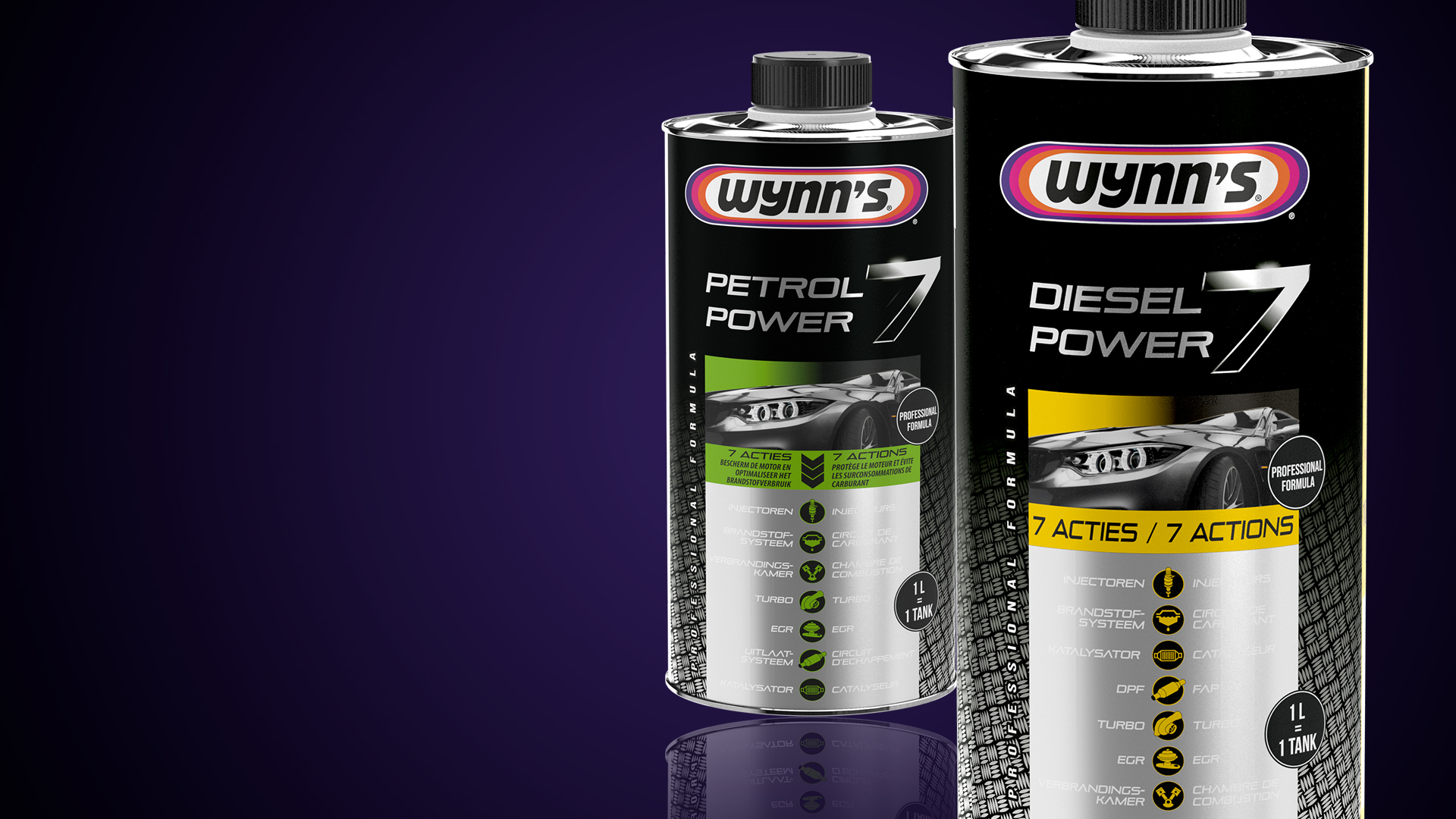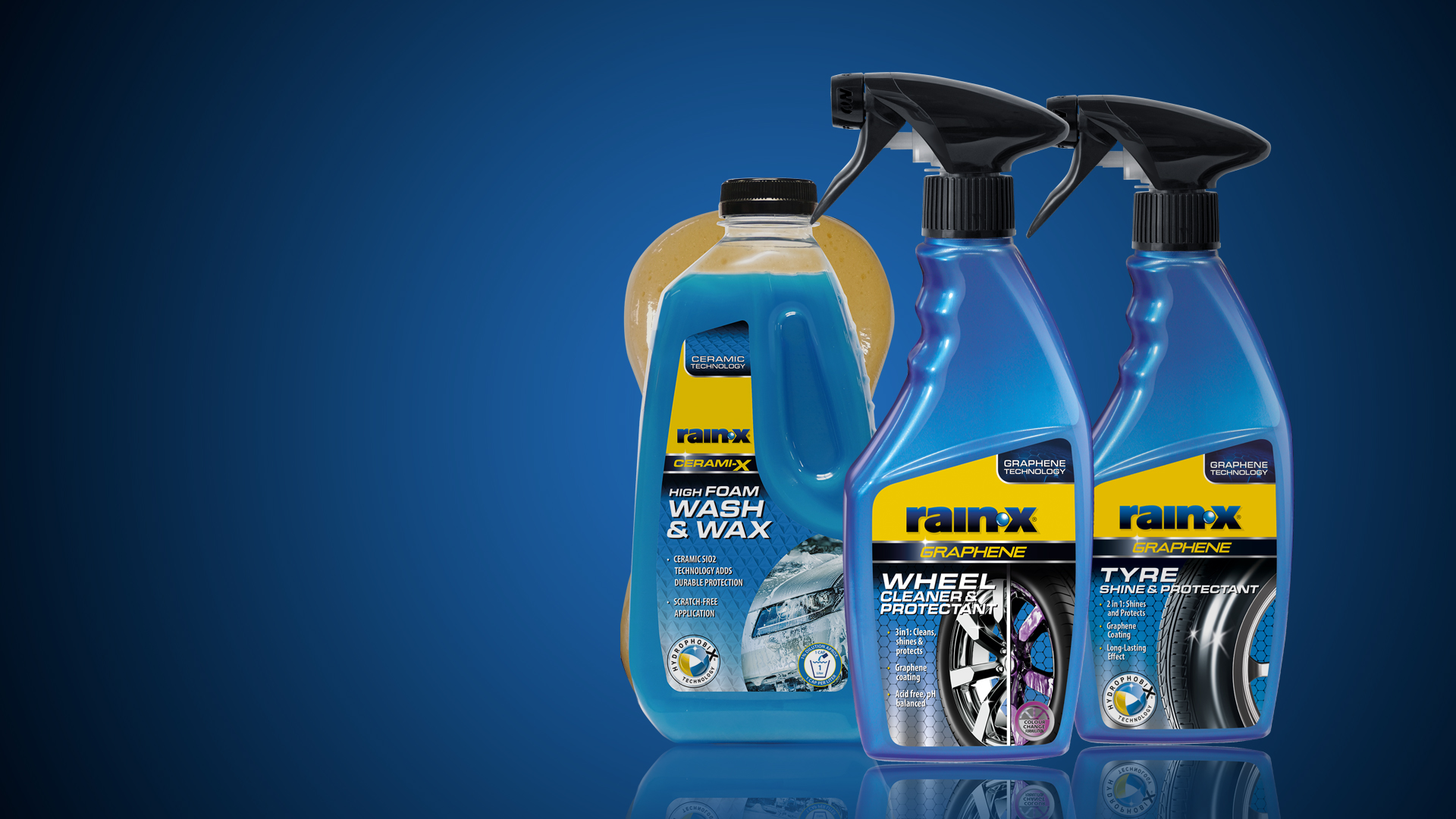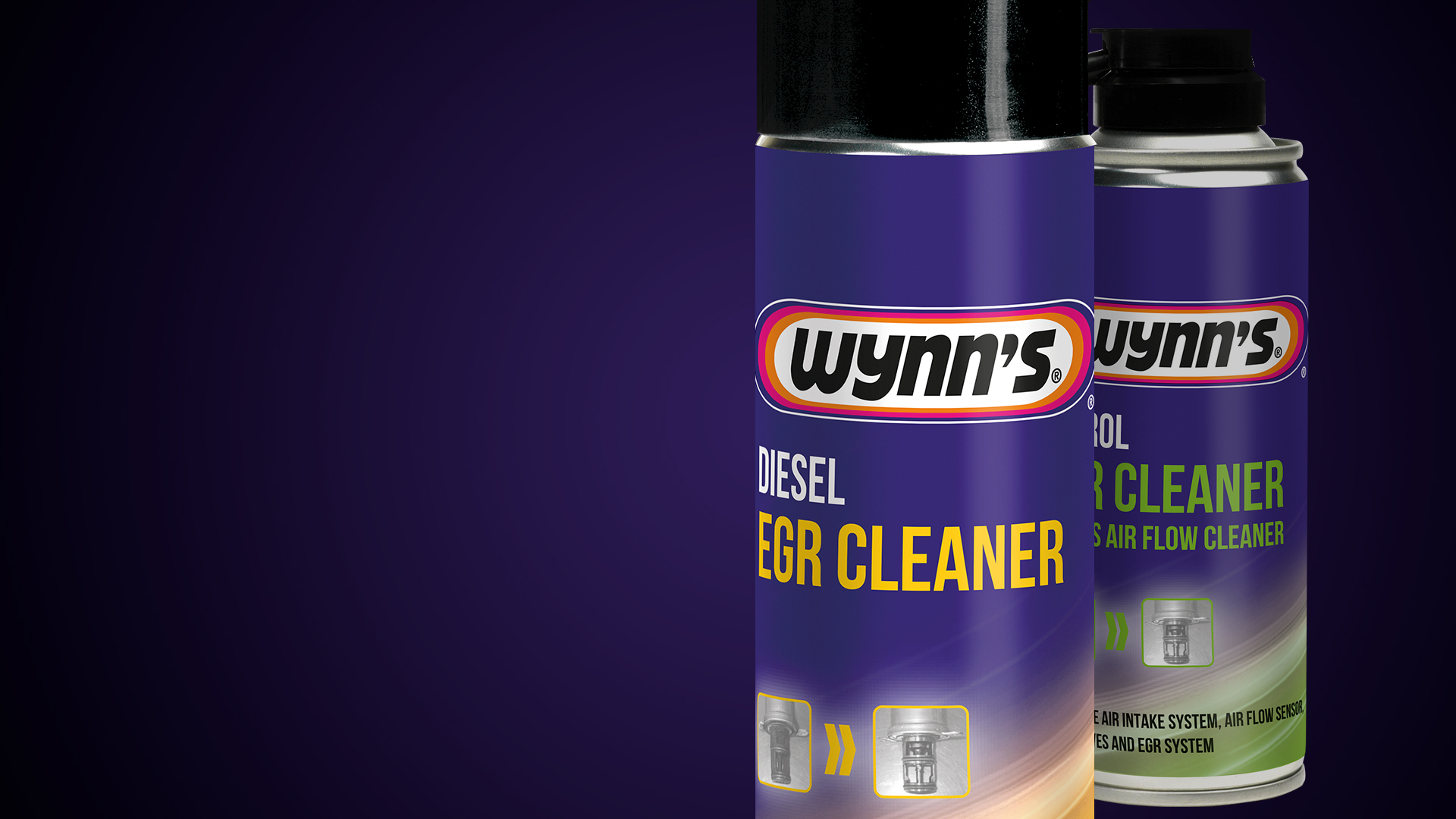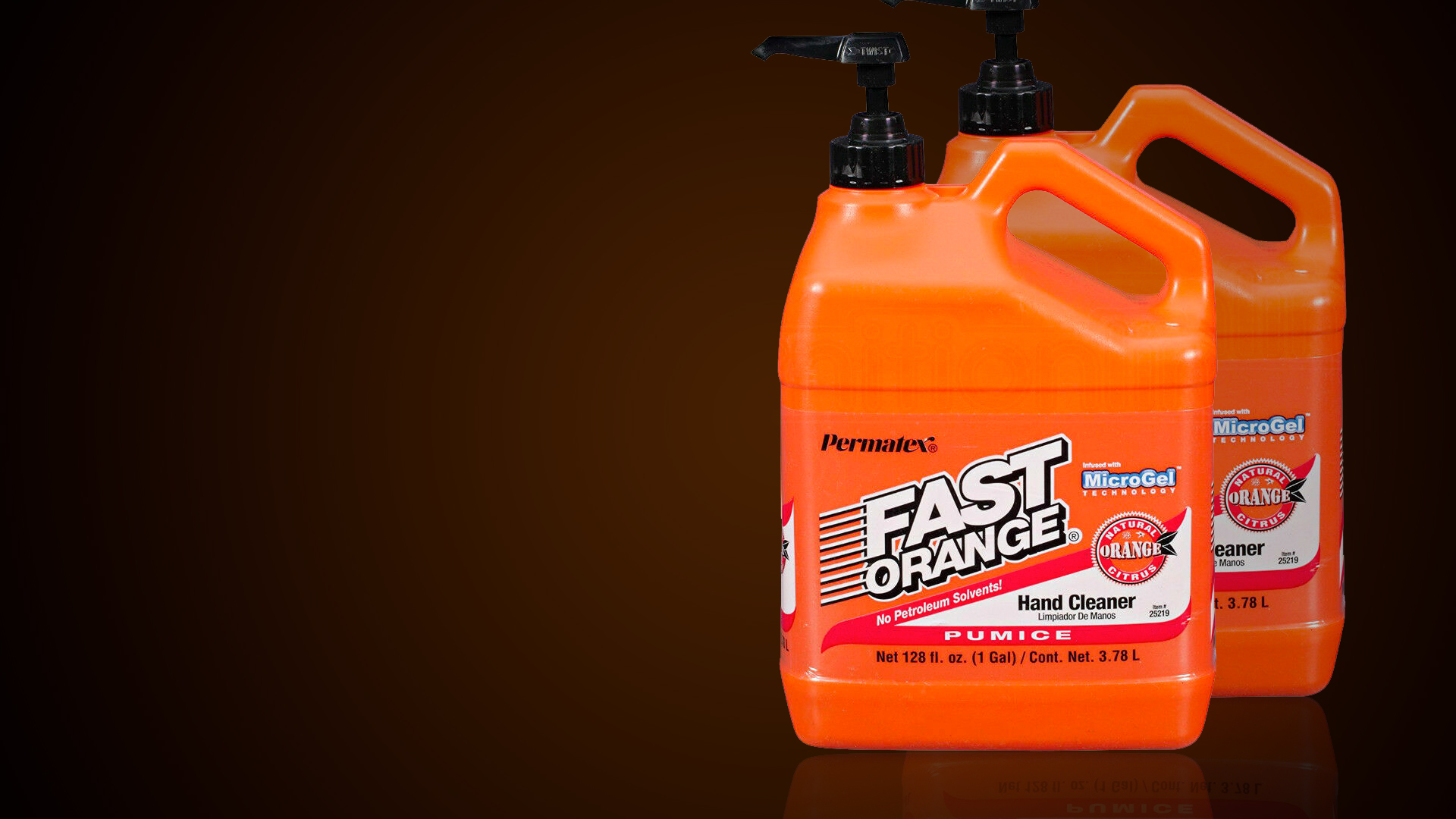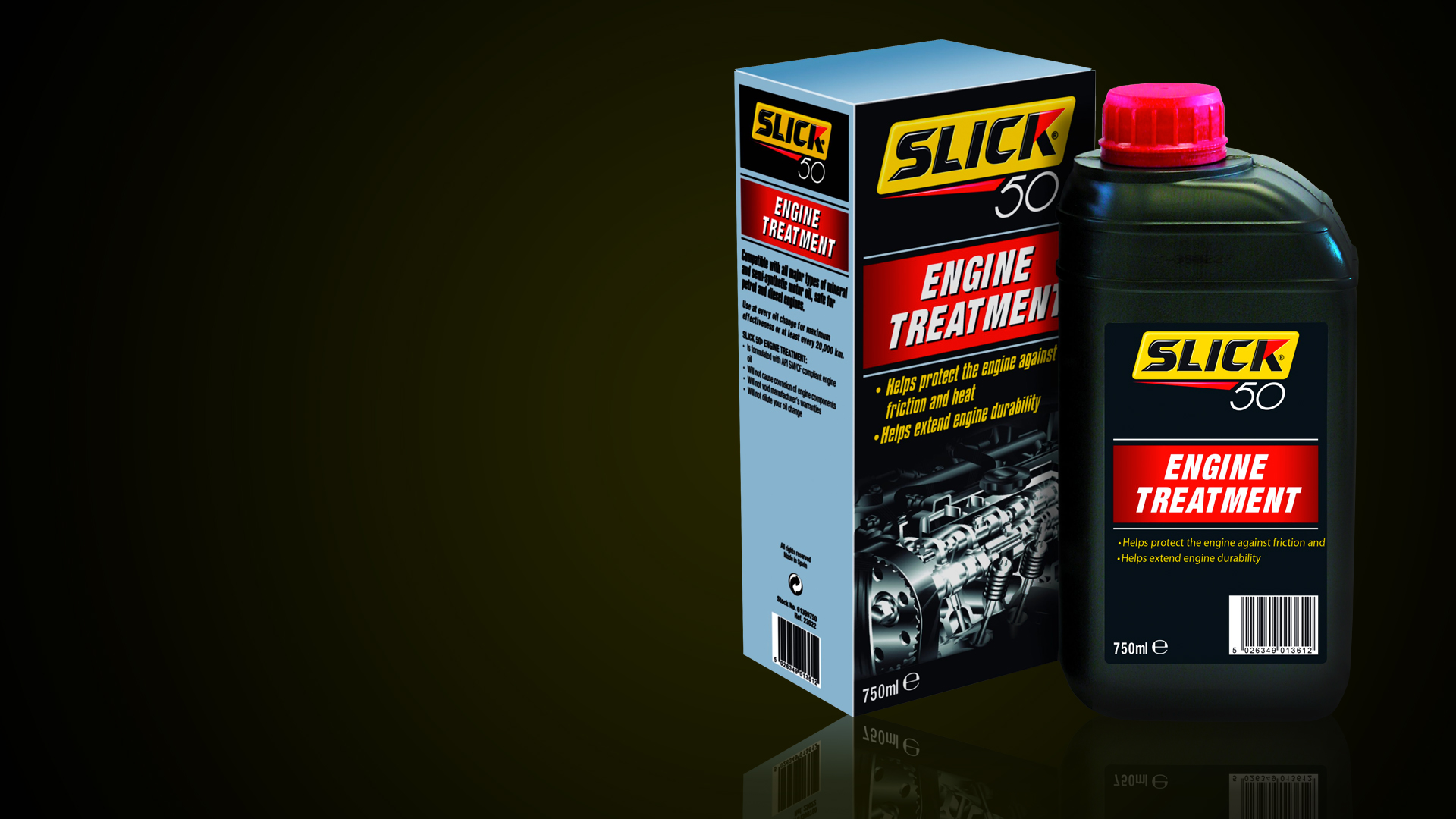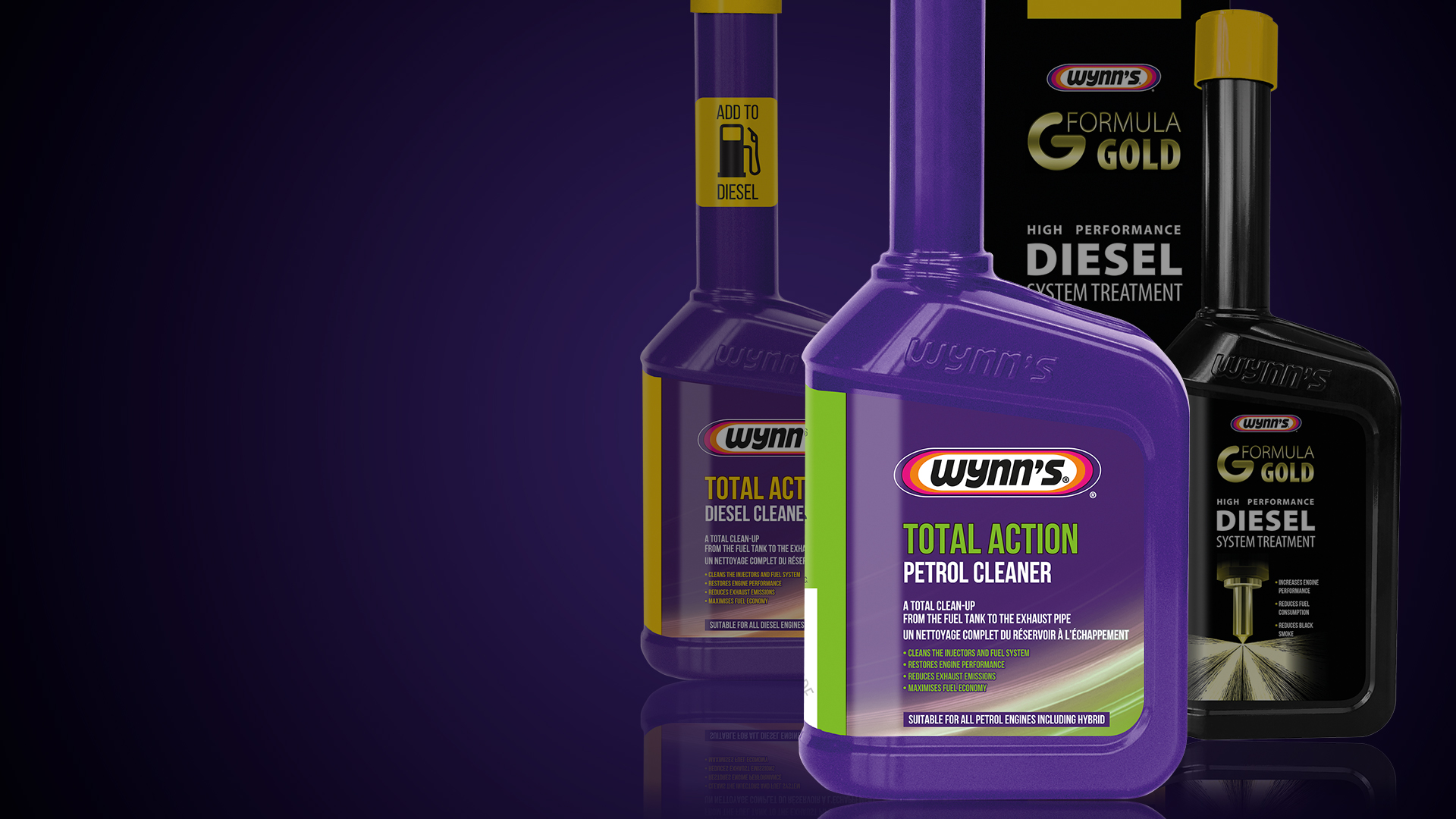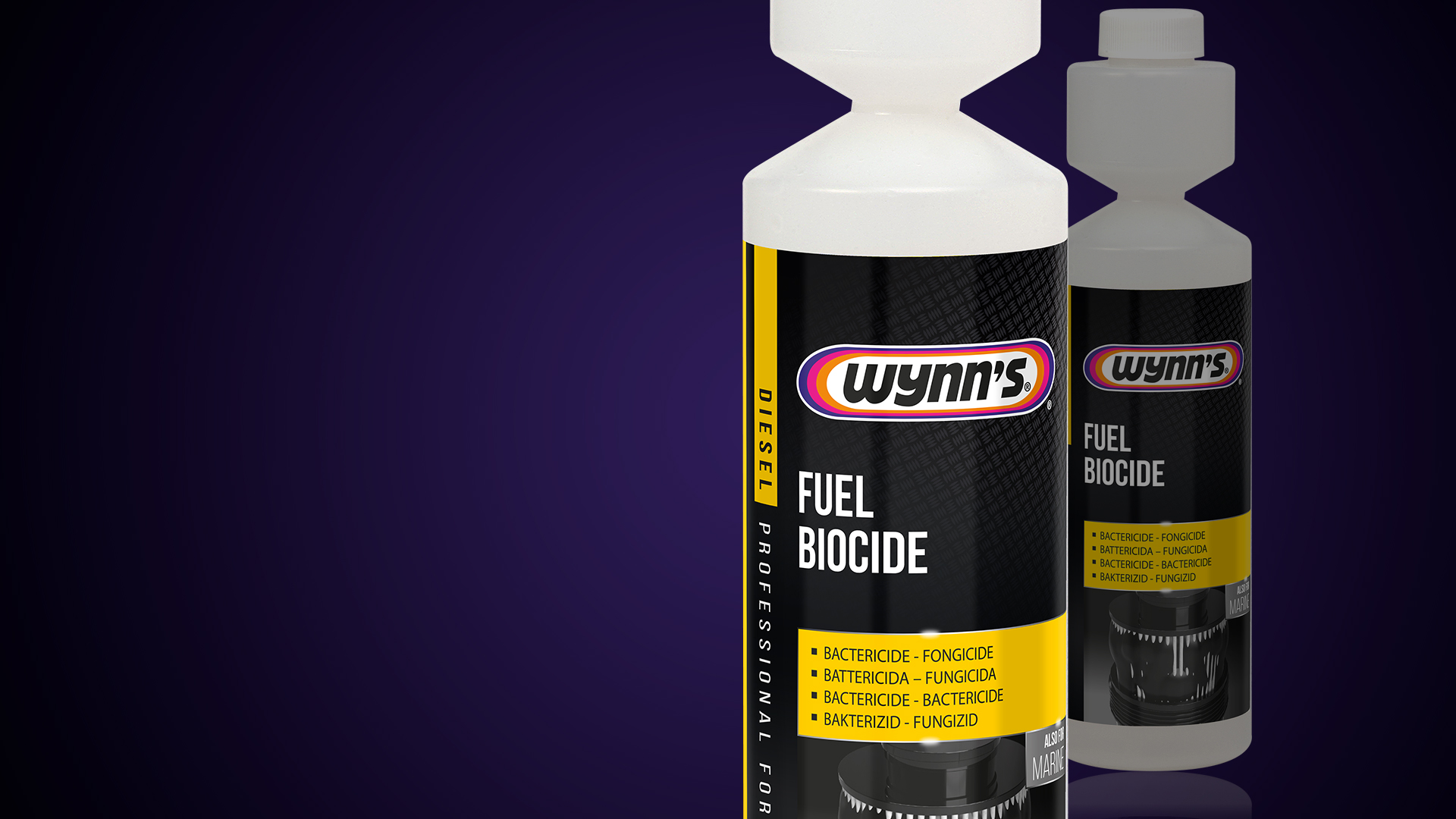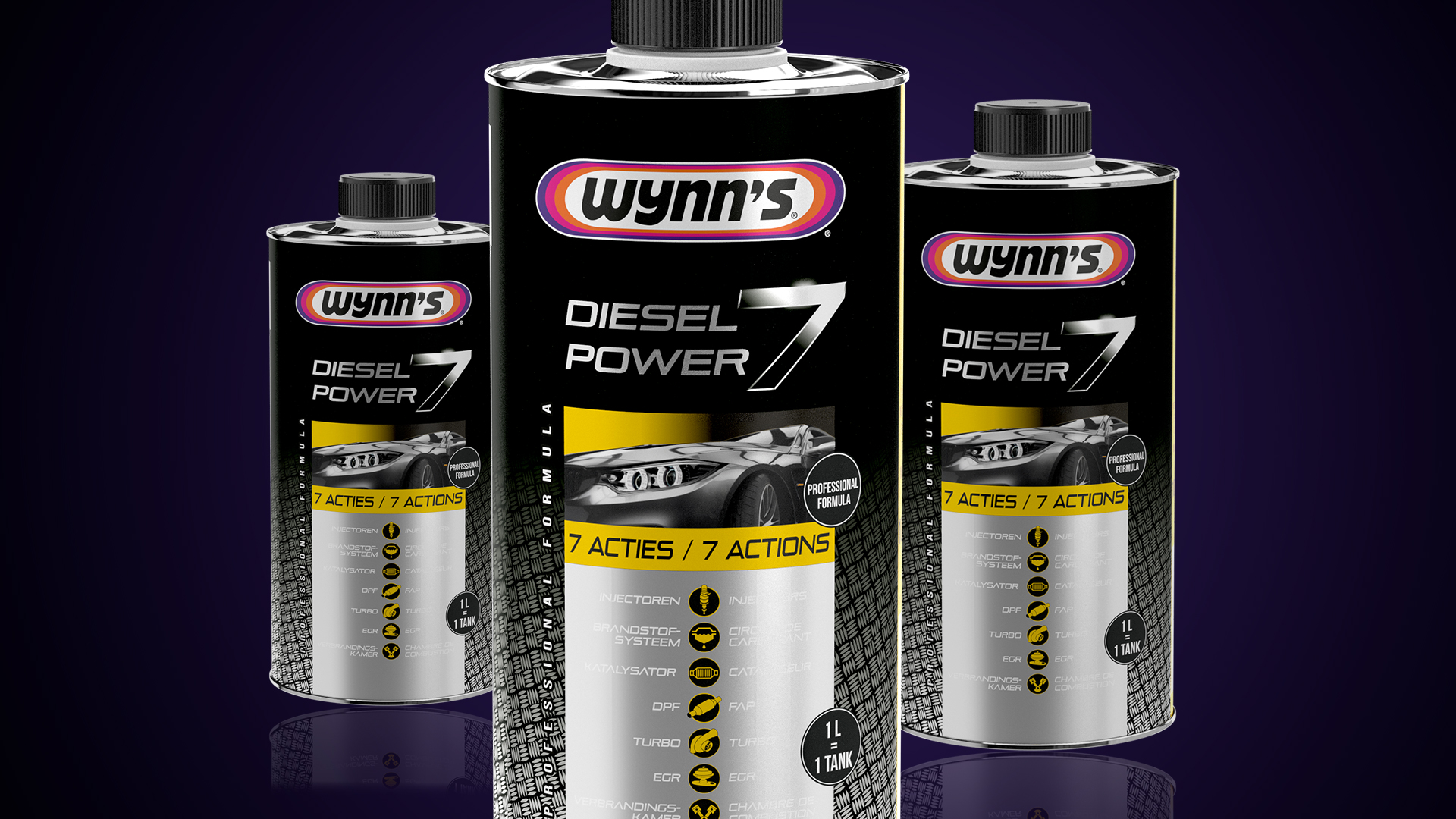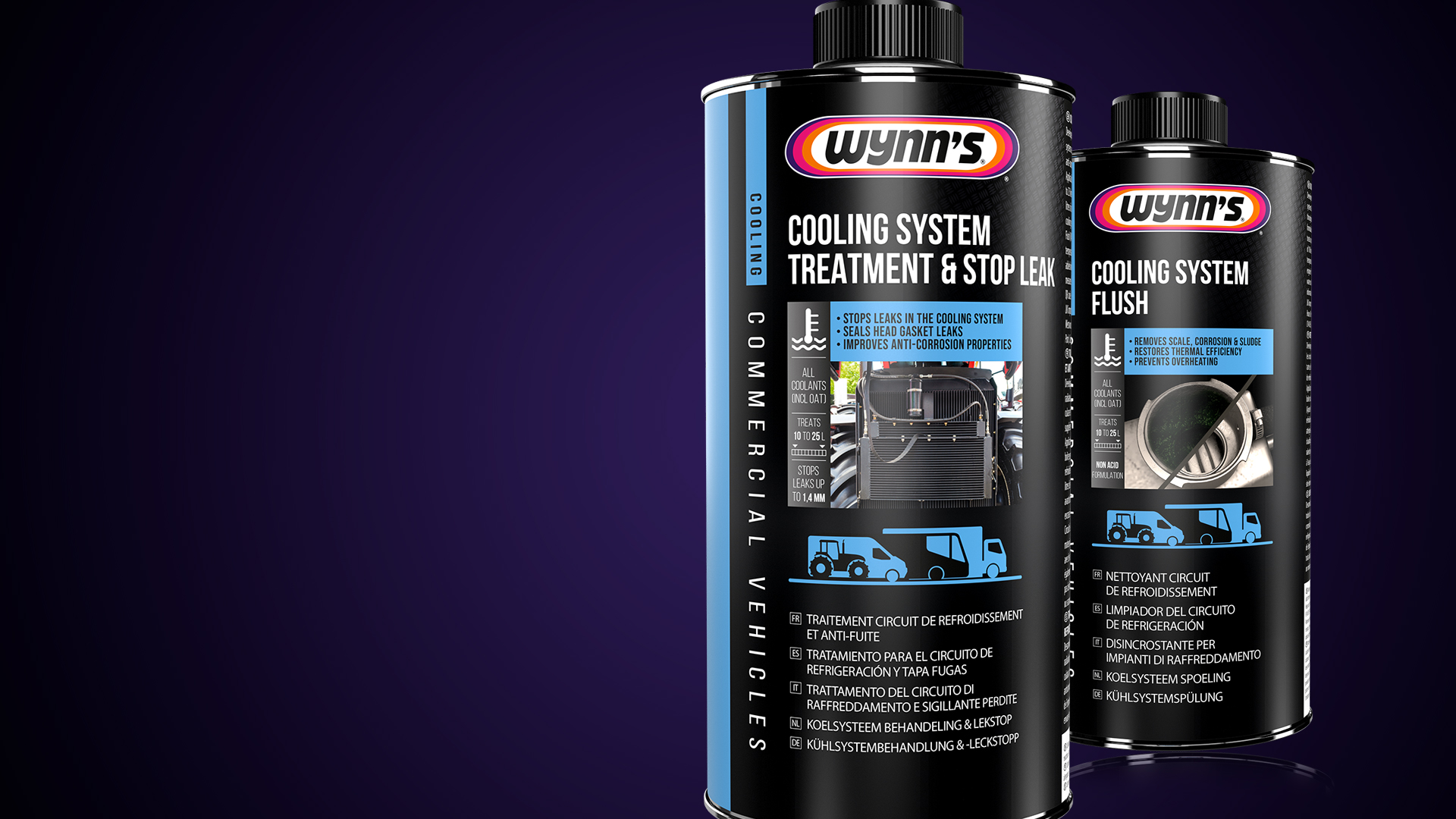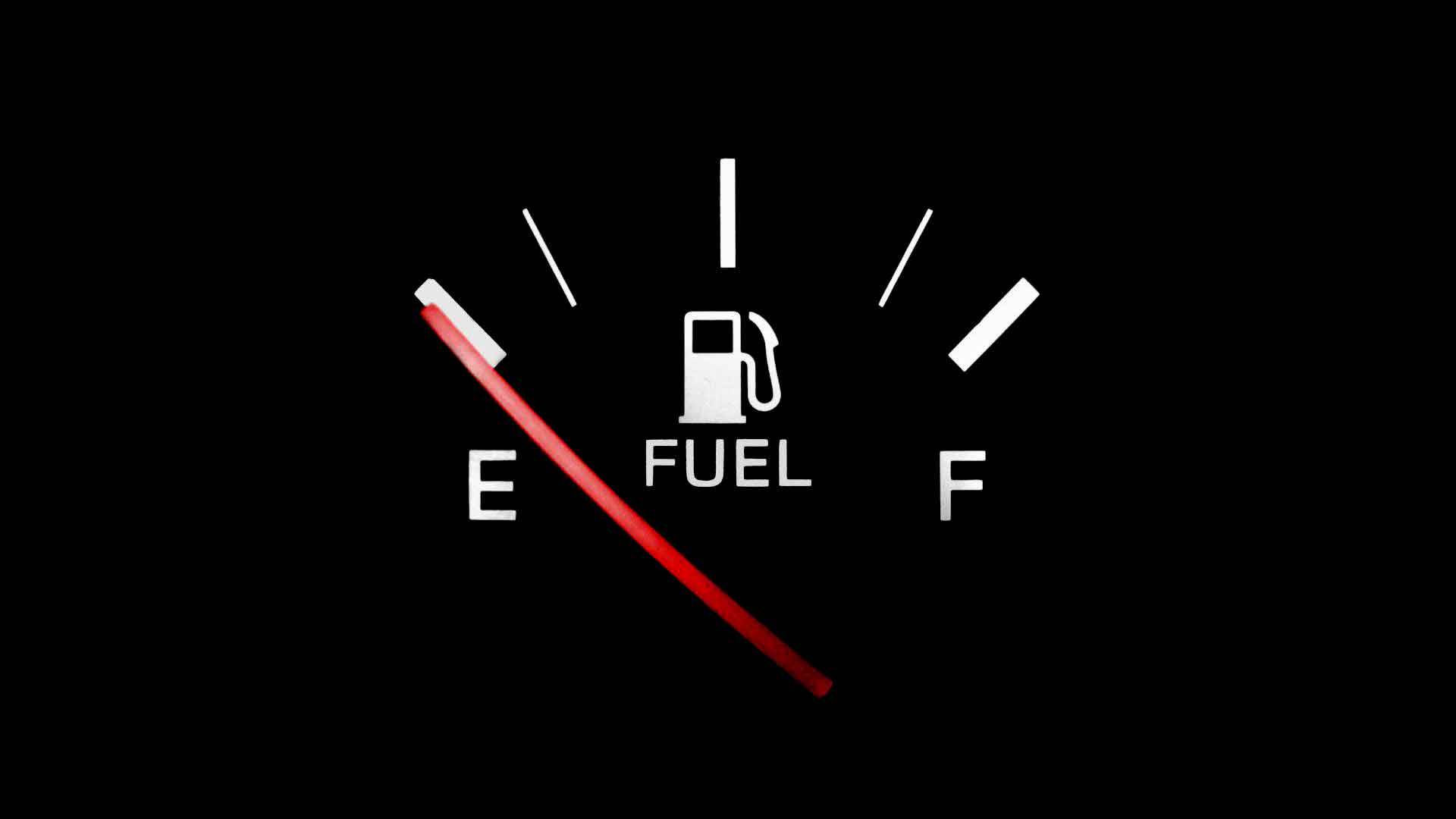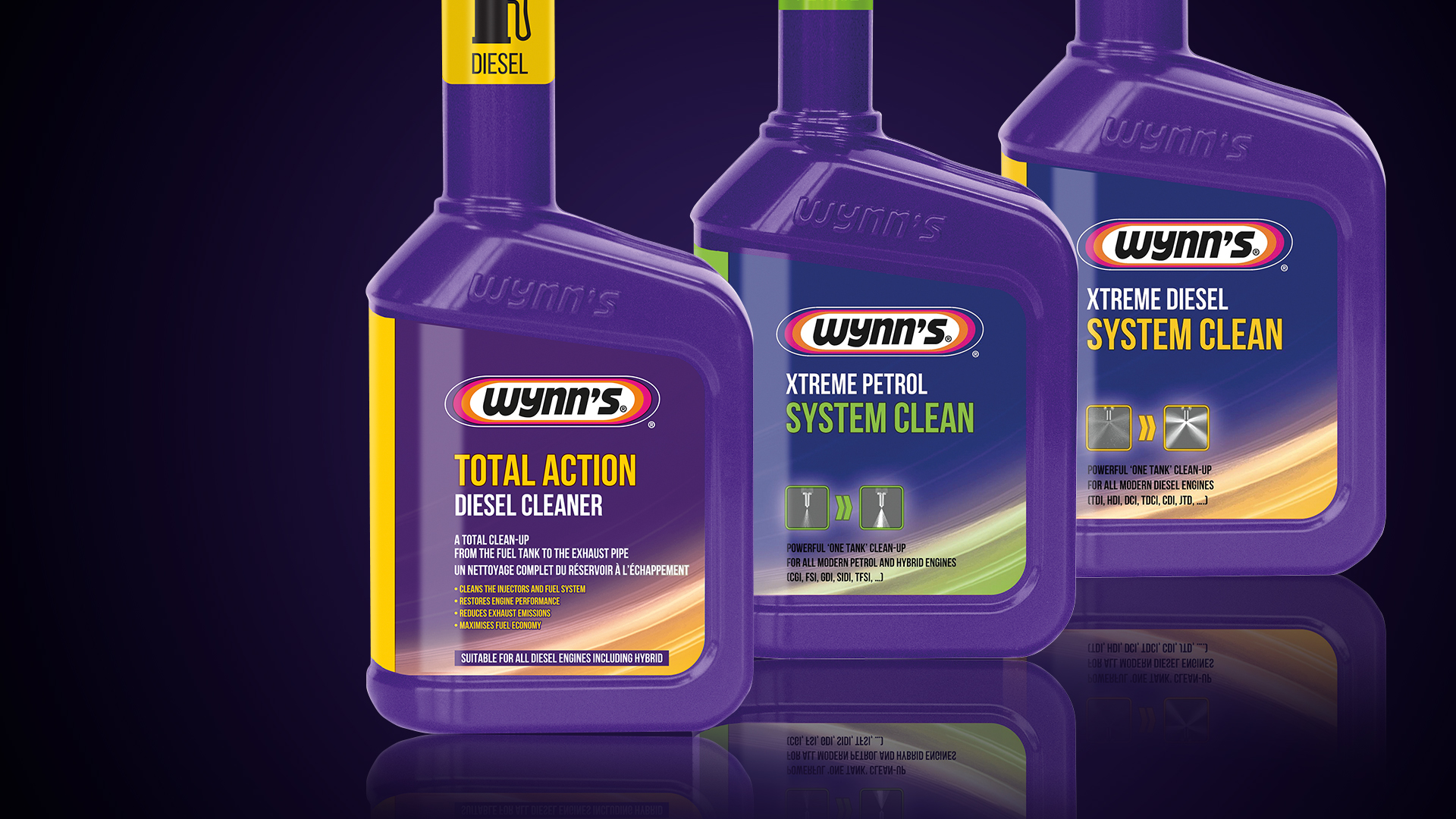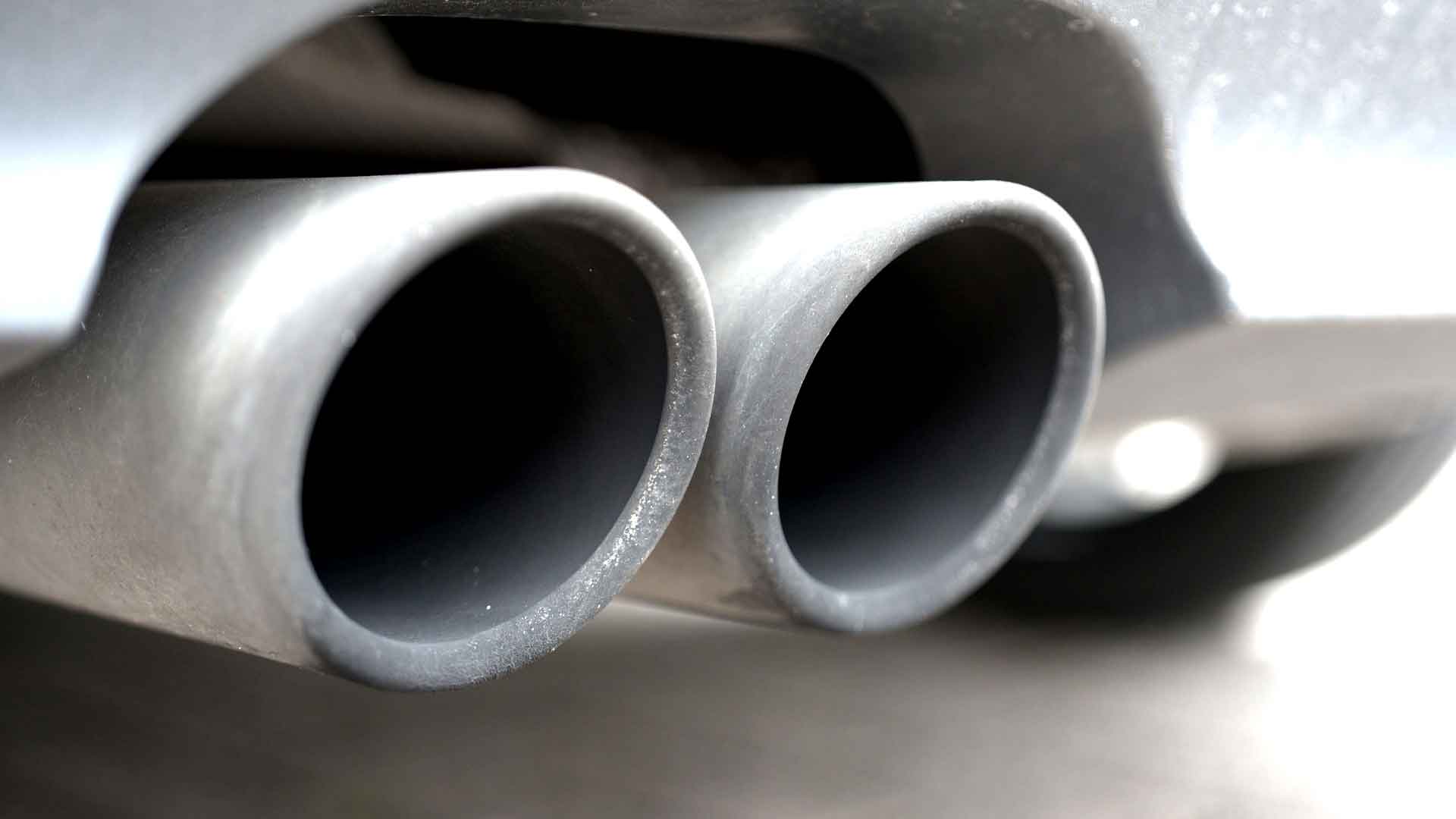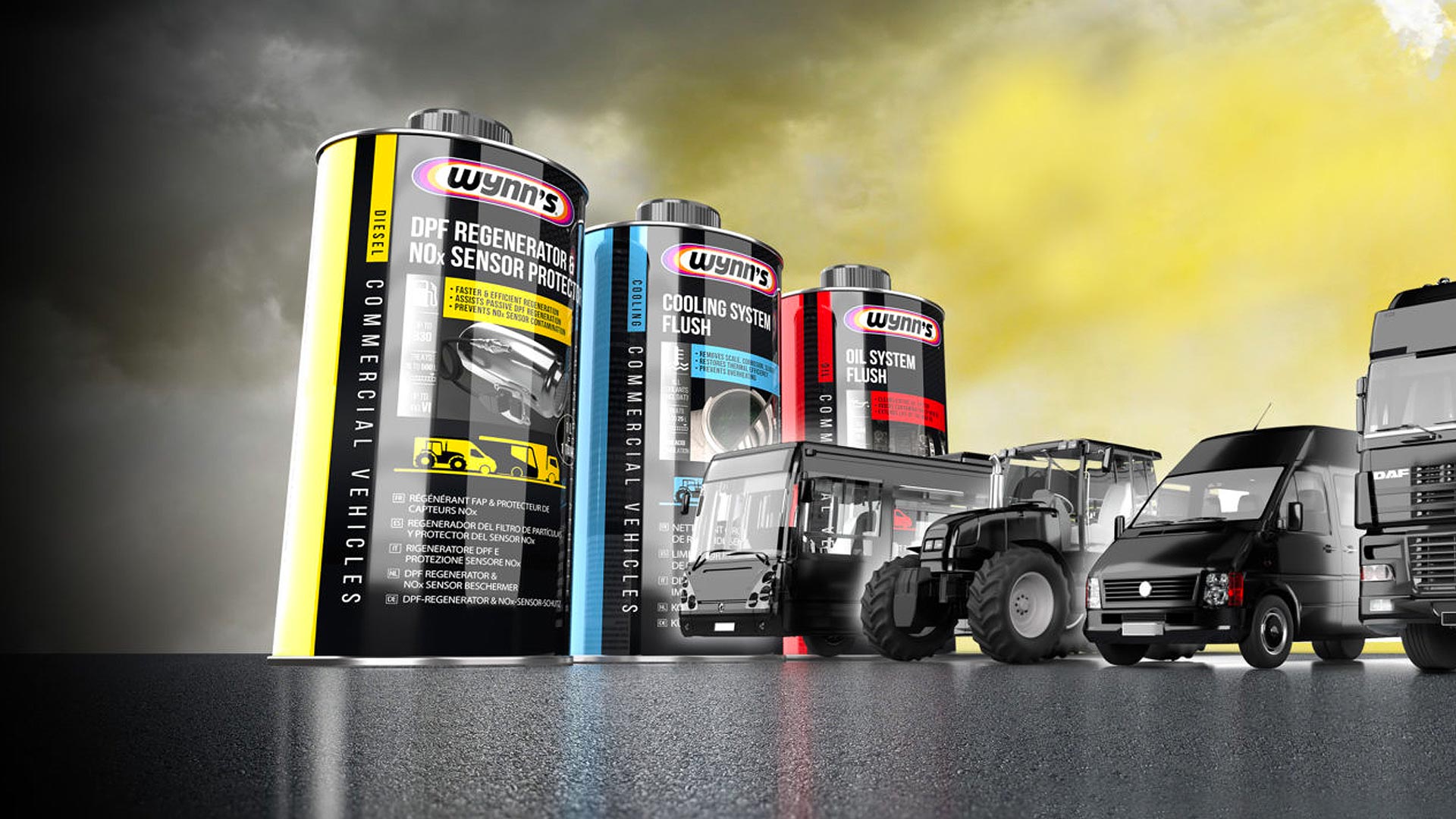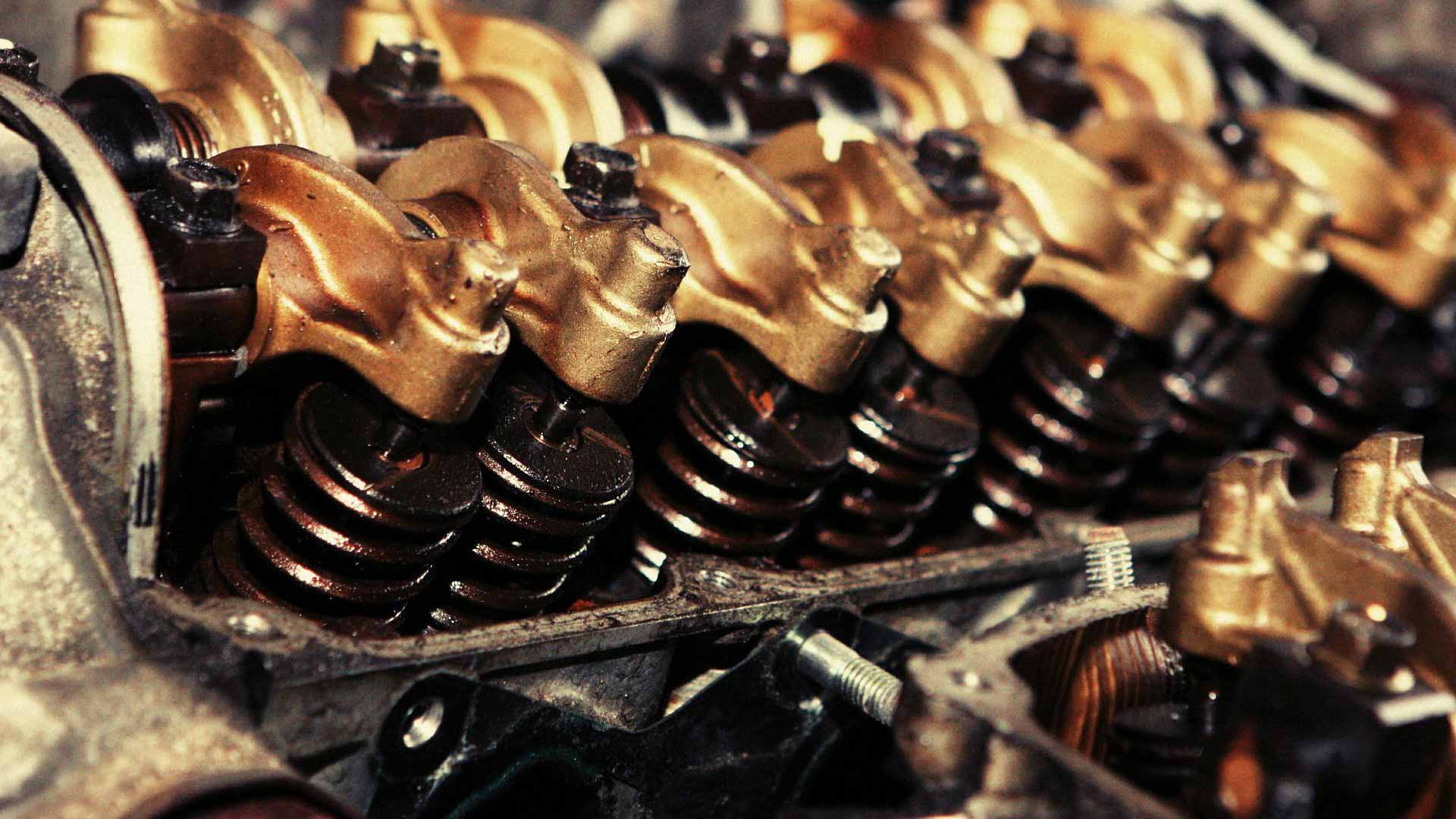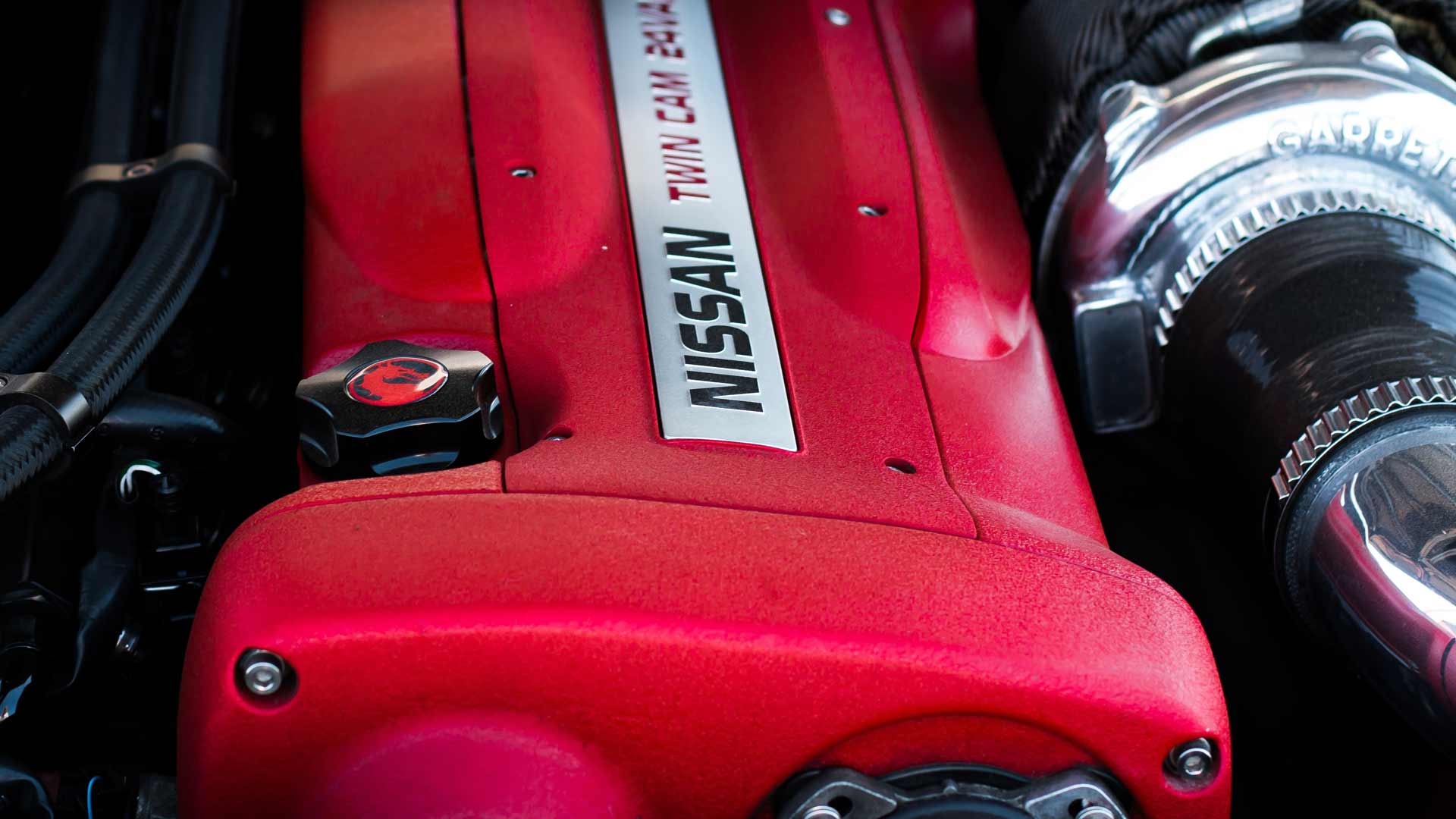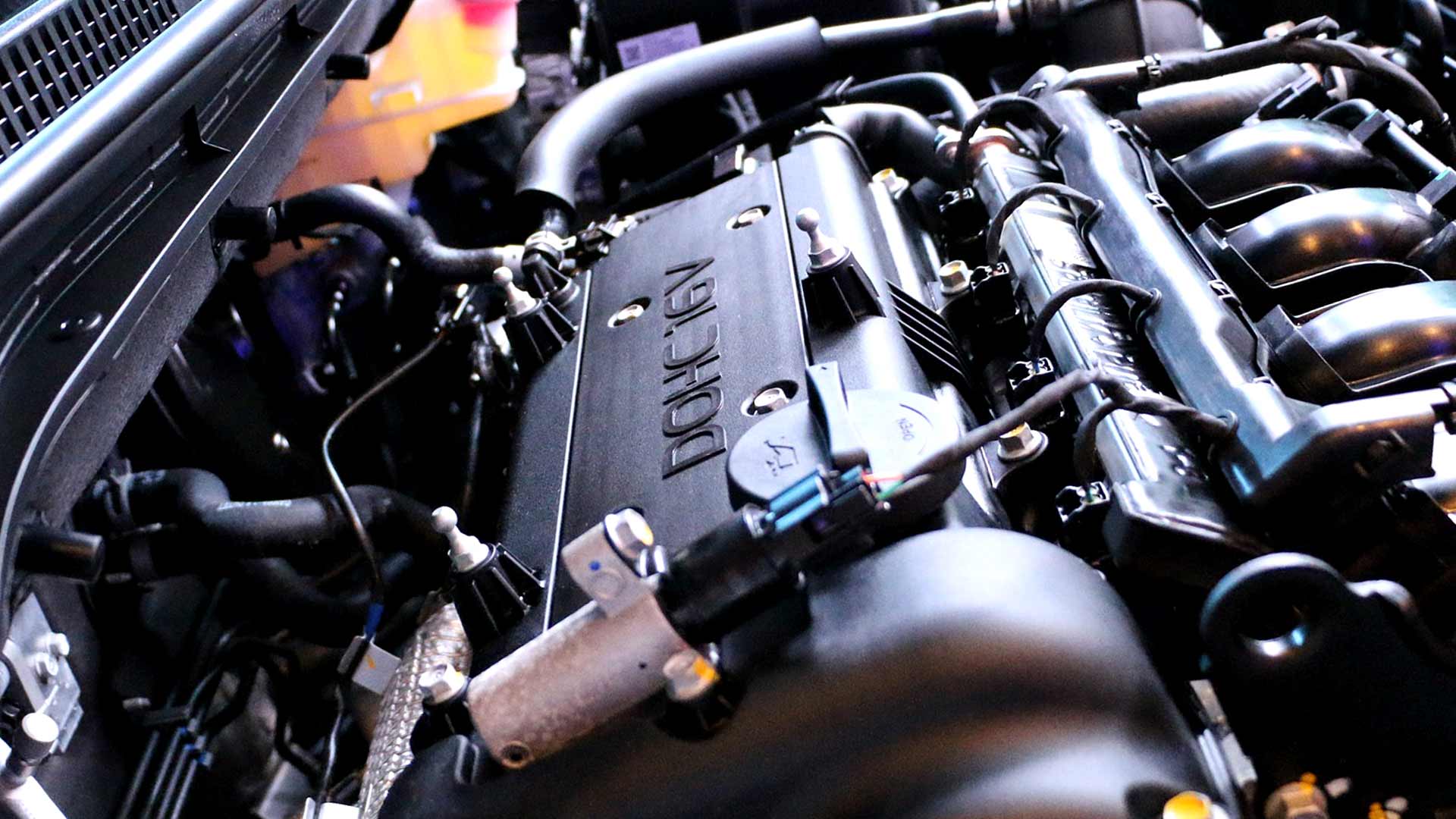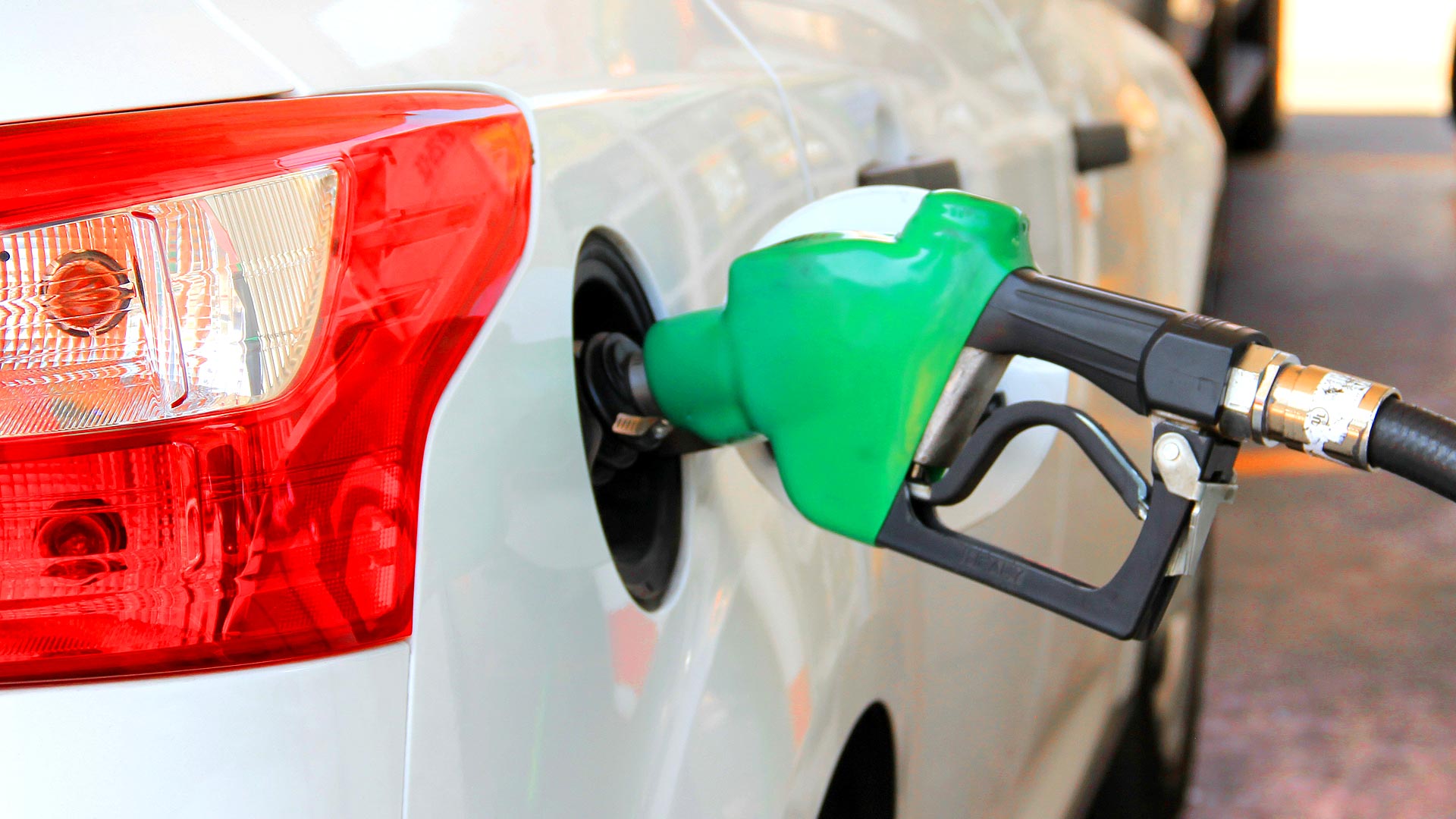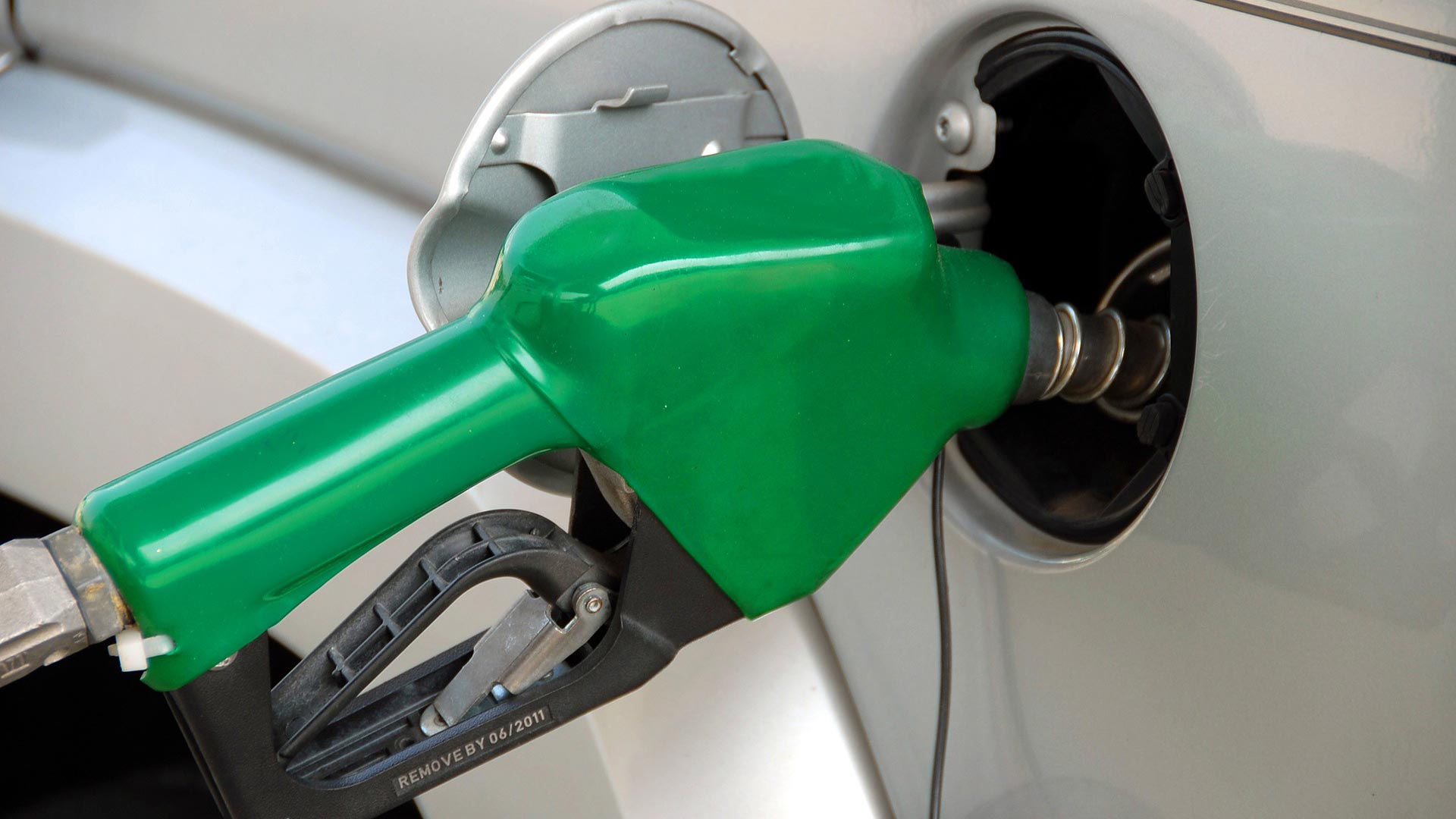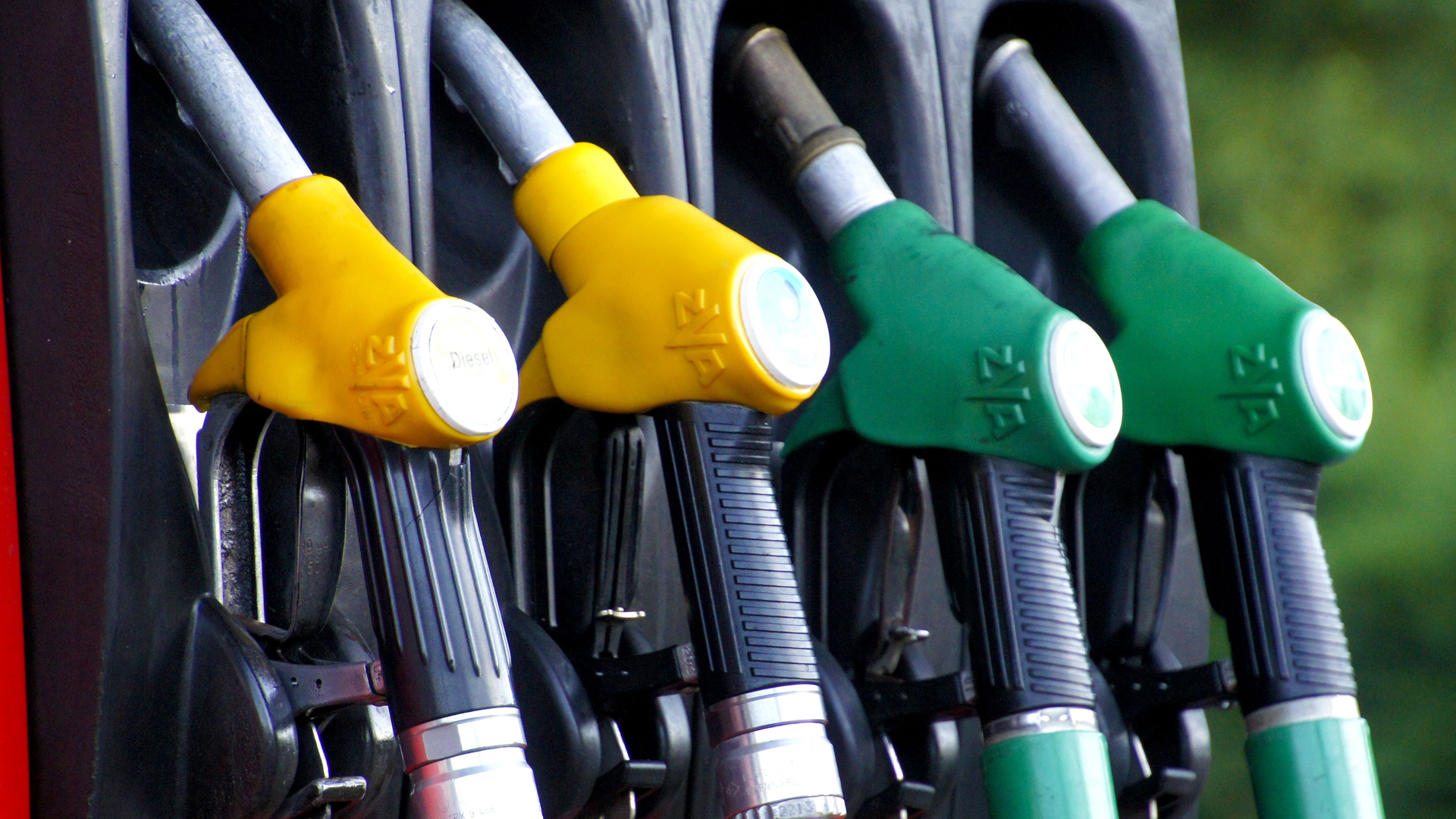The importance of keeping your diesel fuel tank more than 25% full for DPF efficiency
March 13, 2024 Engine AdditivesContactIn the world of diesel engines, DPF efficiency and environmental protection are paramount.
One of the critical components contributing to these aspects is the Diesel Particulate Filter, or DPF. This device plays a vital role in reducing emissions from diesel engines, making understanding its functionality and maintenance essential for all diesel vehicle owners. An often overlooked yet crucial part of maintaining an efficient DPF system is keeping the diesel fuel tank filled more than 25%. But why is this so important, and what exactly is a DPF? Let’s dive in.
Understanding the Diesel Particulate Filter (DPF).
The DPF is an emission control device designed to remove diesel particulate matter or soot from the exhaust gas of a diesel engine. This technology is a boon for environmental health, significantly reducing the pollutants released into the atmosphere. The DPF captures soot particles as exhaust gases pass through it, and through a process called “regeneration,” it burns off the soot at high temperatures, leaving only a small residue of ash, which requires less frequent removal.
Wynn’s Diesel Particulate Filter Cleaner 325ml
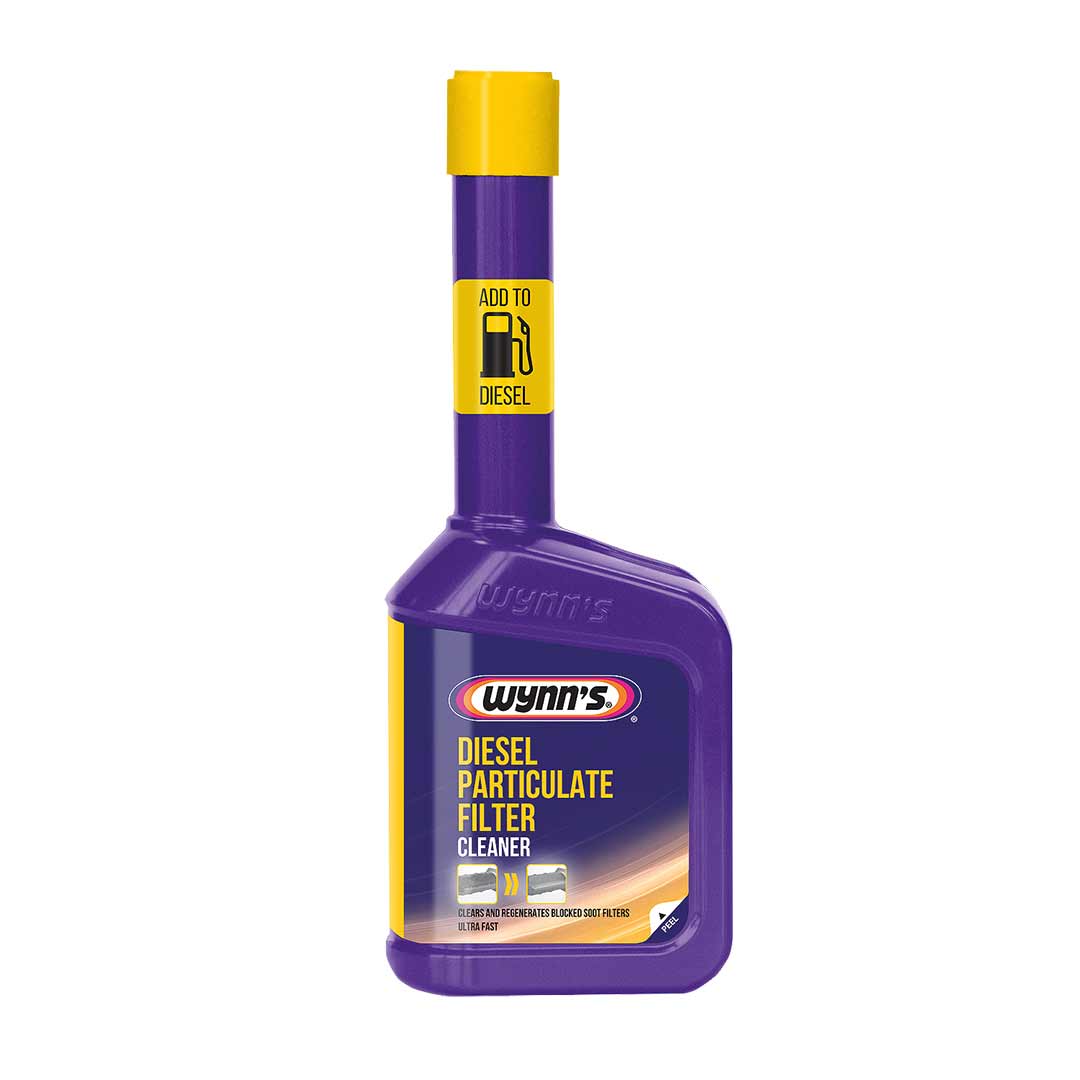
The link between fuel levels and DPF efficiency.
The regeneration process is where fuel levels come into play. There are two types of regeneration: passive and active. Passive regeneration happens automatically on motorways or long-distance drives, where the exhaust temperature is high enough to naturally burn off the soot accumulation. However, for most driving conditions, especially in urban or short-trip scenarios, active regeneration is needed.
Active regeneration involves injecting small amounts of fuel into the exhaust stream to increase the temperature and initiate the burn-off process. This is where maintaining a fuel tank level of more than 25% becomes crucial. The vehicle’s engine control unit (ECU) often prevents the DPF regeneration process from starting if the fuel level is too low to ensure there’s enough fuel available to safely complete the regeneration process without stranding the vehicle due to a completely empty tank.
Wynn’s DPF Regeneration, Injector and Engine Flush Kit
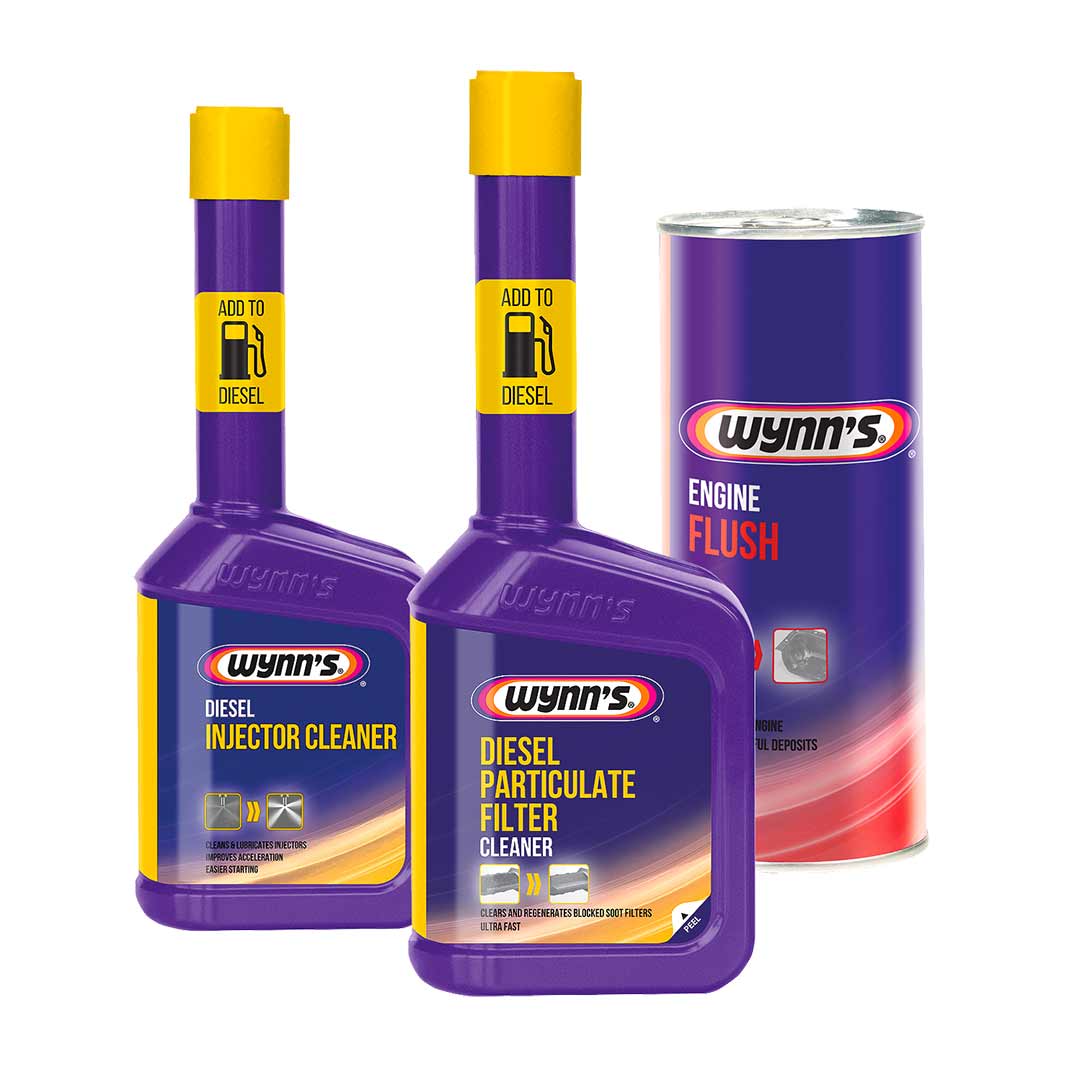
Ensuring Regeneration Occurs
Keeping the fuel tank at least 25% full ensures the active regeneration process can occur whenever needed, keeping the DPF clear and functioning correctly.
Preventing Engine Damage
In extreme cases, a completely blocked DPF can cause back pressure on the engine, leading to significant damage and even engine failure.
Fuel Economy
Interestingly, while it might seem counterintuitive to keep more fuel in the tank to save fuel, ensuring that the DPF can regenerate when needed actually maintains better overall fuel efficiency for your vehicle.
Avoiding DPF Clogging
If the DPF cannot regenerate due to low fuel levels, soot will accumulate, potentially leading to a clogged filter. This can result in reduced engine performance, increased fuel consumption, and potentially costly repairs or replacements.
Compliance with emission standards
Efficient DPF operation is essential for meeting stringent emission regulations. By maintaining a proper fuel level, you’re not only protecting your vehicle but also contributing to a cleaner environment.
Conclusion: the DPF is a critical component of modern diesel engines, playing a significant role in reducing emissions and protecting the environment.
One simple yet effective way to ensure its efficiency is by keeping the diesel fuel tank more than 25% full. This practice guarantees that the DPF can perform its regeneration cycles properly, avoiding clogs, maintaining engine performance, and ensuring compliance with emission standards. For diesel vehicle owners, this is a small but crucial habit that supports both your vehicle’s health and the environment.
